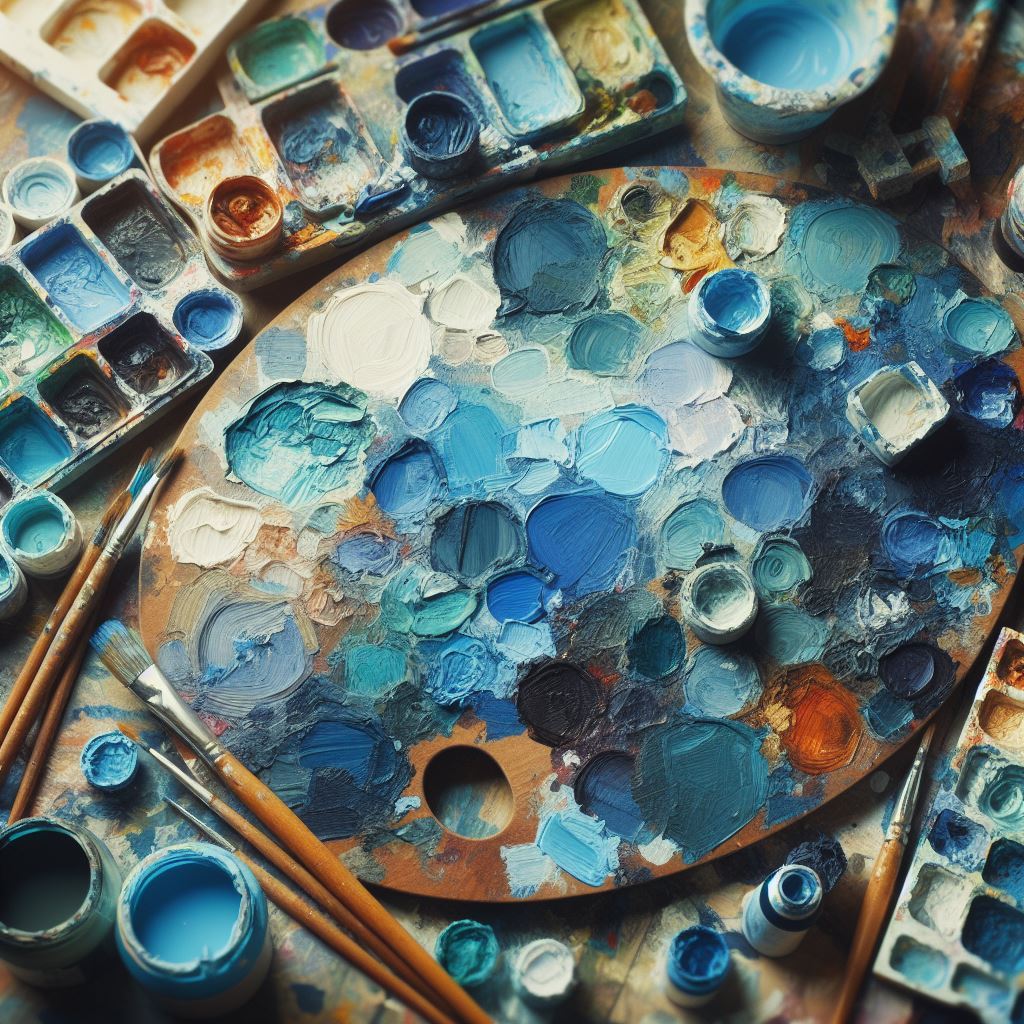Blue has been one of the most fascinating and enigmatic tones in the world of art for centuries. From cave paintings to modern masterpieces, artists of all eras and styles have used blue to convey emotions, symbolism, and beauty.
In ancient times, blue was a highly prized and costly color to produce, as it was obtained from minerals such as lapis lazuli. The ancient Egyptians used blue to represent the sky god, Amun-Ra, while in Greek culture it was associated with divinity and the ethereal.
During the Middle Ages, blue became the color of the Virgin Mary in Christian iconography, symbolizing purity, devotion, and protection. Artists like Giotto and Fra Angelico used intense blue in their religious works to highlight the spiritual importance of their figures.
In the Renaissance period, blue gained greater significance with the invention of oil painting techniques. Artists like Leonardo da Vinci and Raphael used ultramarine blue to create effects of depth and luminosity in their works. Blue was also a prominent color in seascapes by artists like Turner and Constable.
In the 19th century, blue took on a new meaning in modern art with the arrival of Impressionism and Post-Impressionism. Artists like Monet and Van Gogh experimented with shades of blue to capture light and emotions in their works, creating vibrant and emotive atmospheres.
In the 20th century, artists like Yves Klein revolutionized the use of blue in contemporary art with his famous “Klein Blue”, an intense and vibrant tone that became his signature. Blue has also been used by artists like Picasso, Miró, and Rothko to express deep and universal emotions in their abstract works.
Today, the color blue remains a fundamental element in the palette of contemporary artists, who continue to explore its aesthetic and symbolic possibilities. Whether in paintings, sculptures, installations, or photographs, blue continues to captivate viewers with its timeless beauty and its ability to evoke deep emotions.
In conclusion, the fascination with the color blue in art is a phenomenon that has endured throughout history and continues to inspire artists worldwide. Its versatility, beauty, and symbolism make it an indispensable element in artistic creation, capable of conveying emotions and meanings beyond words.

